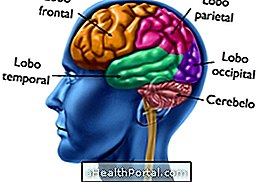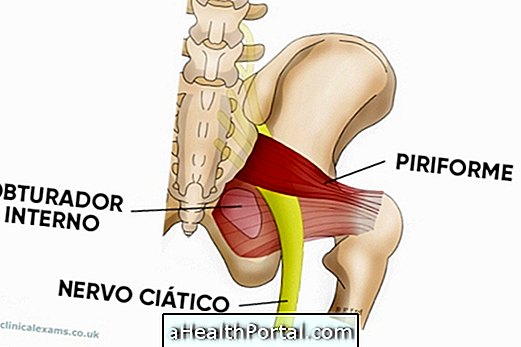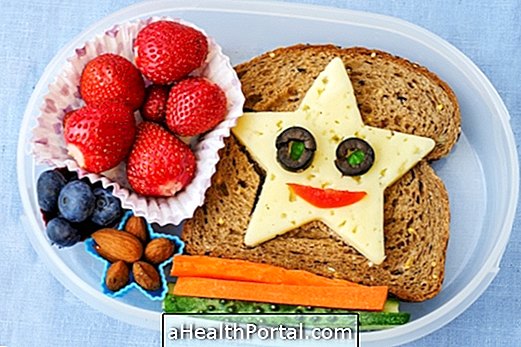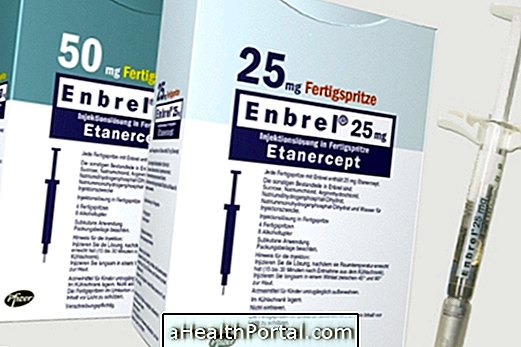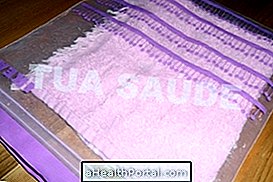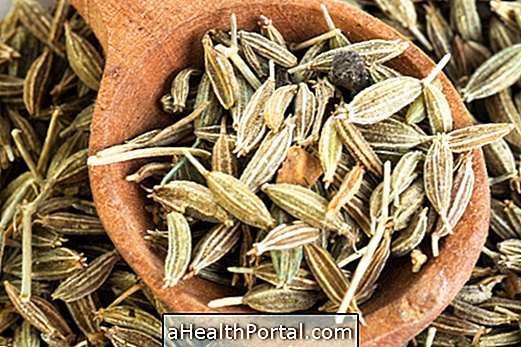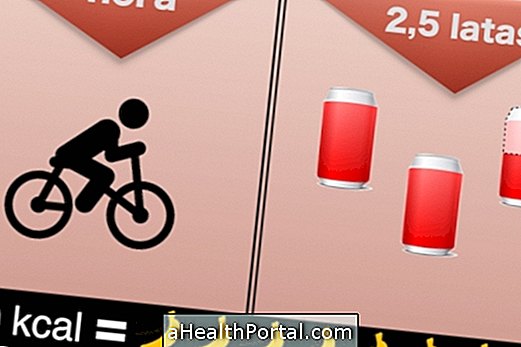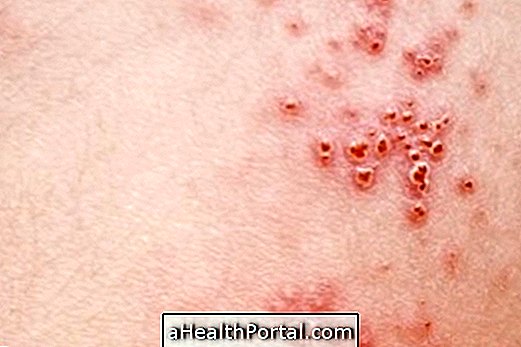Marasmus is one of the types of energy-protein malnutrition characterized by great weight loss and muscle loss and generalized fat, which can influence growth negativity.
This type of malnutrition is characterized by the primary deficiency of carbohydrates and fat, which forces the body to consume proteins to generate energy, which leads to loss of weight and muscles, thus characterizing the general malnutrition. See the dangers of malnutrition.
Protein-energy malnutrition is common in children between 6 and 24 months of age living in underdeveloped countries where food shortages exist. In addition to the socioeconomic factor, marasmus can be influenced by early weaning, inadequate food intake and poor health conditions.
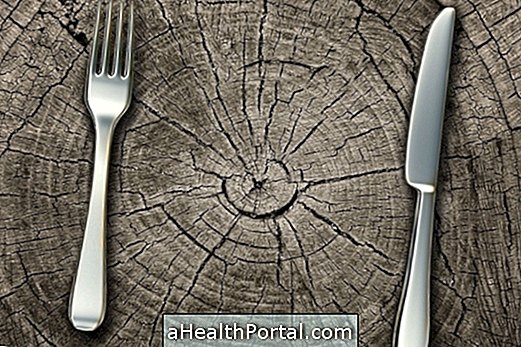
Signs and Symptoms of Marasmus
Children with marasmus have characteristic signs and symptoms of malnutrition, such as:
- Absence of subcutaneous fat;
- Generalized muscle loss, allowing visualization of bones, for example;
- Narrow hip relative to thorax;
- Change in growth;
- Weight well below the recommended age;
- Weakness;
- Tiredness;
- Dizziness;
- Constant hunger;
- Diarrhea and vomiting;
- Increase in cortisol concentration, which makes the child moody.
Diagnosis of dandruff is done by evaluating clinical signs and symptoms. In addition, laboratory and other tests may be required to confirm diagnosis, such as BMI, head and arm perimeter measurement, and skin folds checking.
What's the difference between Marasmus and Kwashiorkor?
Like marasmus, kwashiorkor is a type of energy-protein malnutrition, however it is characterized by extreme protein deficiency leading to symptoms such as edema, dry skin, hair loss, growth retardation, abdominal swelling and hepatomegaly, that is, enlargement of the liver.
How is the treatment done?
According to the World Health Organization (WHO), the treatment of malnutrition, including marasmus, is done in stages with the objective of gradually increasing the amount of calories ingested to prevent intestinal changes, for example:
- Stabilization, in which is the feeding is introduced gradually with the aim of reversing metabolic changes;
- Rehabilitation, in which the child is already more stable and, therefore, the feeding is intensified so that there is recovery of the weight and stimulation of the growth;
- Follow-up, in which the child is monitored periodically in order to prevent relapse and ensure continuity of treatment.
In addition, it is important to guide the relative or the person in charge of the child about how the treatment is done and how it should be feeding the child, besides indicating the signs of a possible relapse, for example. Learn more about malnutrition and how treatment is done.











